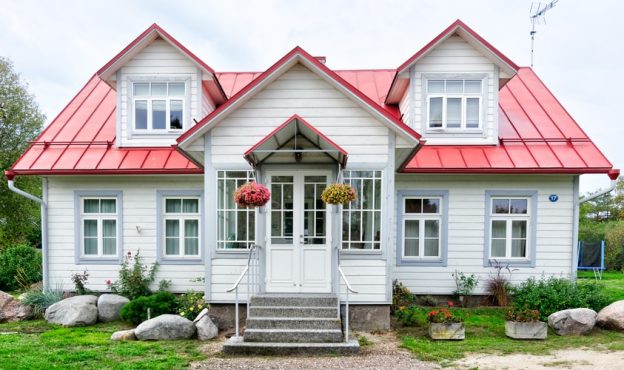Radon is a naturally occurring gas, that’s why you can expect it anywhere, even at your home. Although it is dangerous, there is a specific radon level that is considered harmful to people. When you expose yourself to high radon levels for a long time, the cells in your lungs will be damaged, increasing your risk to lung cancer. If you want to avoid this, it is crucial to create a radon-resistant home. If you are buying a house or relocating to a new one, you must ensure that the house is radon-free by conducting radon testing. This is because you’ll never know if vacant homes have higher radon levels. If you are curious to know, then we’re here to give you the answer.
Radon Levels in Vacant Homes
Most people who are aware of how dangerous radon has the same question in mind. Are radon levels higher in vacant homes? Some homeowners believe that radon is more evident in newly built houses. Therefore, they ask the assistance of professional radon contractors to decrease radon in the place. Others who have abandoned their home for a long time also worry if cancer-causing gas is more evident after leaving it for months or years. Before we answer the question, there are several things that you need to know when it comes to radon entry. The following will help you understand how radon enters your home and answer your question of whether leaving the house vacant for a certain period can elevate radon levels.
Radon enters your home through cracks or openings in your house’s foundation.
Whether your home is vacant or not, radon can still enter because it passes through the cracks or opening of your house’s foundation unless you have applied radon mitigation techniques. Aside from this, the differences in air pressure between the inside of a building and the soil around it can also contribute to radon entry.
Your home exchanges its air every 6-8 hours.
According to professional radon contractors, the air in your house circulates, and it exchanges its air every 6-8 hours. Meaning, if there are high radon levels, there is a possibility that it will be reduced. This could happen through natural convection and air circulation with your HVAC system. However, it is still essential to ensure that the house was built with radon reduction techniques to remove your worries regarding high radon levels.
Leaving your windows open for a long time contributes to radon entry.
Radon experts say that unless you can have every window open when in a home, open windows can create a more significant stack effect that pulls more radon gas into your house. So make sure to improve your home’s ventilation, so you don’t have to open your windows for a long time.
Radon is indeed dangerous because it brings adverse health effects. But since it is naturally occurring, what homeowners can do is to apply radon mitigation techniques. Although there are DIYs that you can follow, it is still best to ask for radon experts’ help; doing so quill guarantee that your home is safe from high radon levels even if you leave it vacant for a long time.



